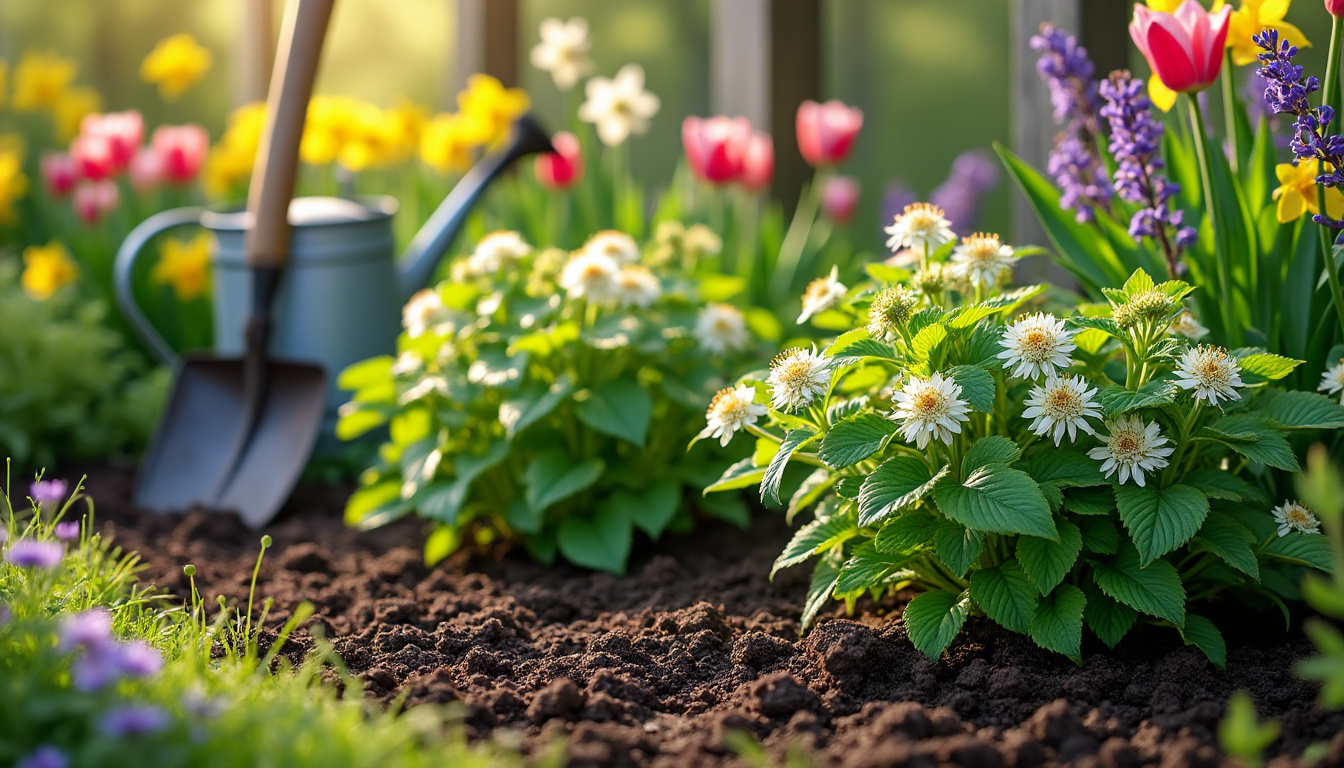Growing raspberries can bring joy and bounty to any garden. These delicate fruits not only provide a sweet reward for gardeners but also add beauty and diversity to the landscape. The right timing and conditions for planting raspberry canes are essential to ensure a fruitful harvest. Understanding the specifics of raspberry varieties, climate preferences, and soil preparation will set the stage for an abundance of berries.
- Optimal planting time
- Variety selection
- Soil and site requirements
- Care and maintenance
- Pruning techniques
- Harvesting tips
Optimal Planting Time for Raspberry Canes
The ideal time to plant raspberry canes is either in early spring or late fall. Early spring planting is recommended for summer-bearing varieties, allowing them ample time to establish before fruiting. Conversely, fall planting is suitable for fall-bearing varieties, giving the plants a head start for spring growth. Timing must coincide with the last frost date in spring and before severe frost conditions in fall.
Climate Considerations
Raspberries flourish best in a temperate climate, enjoying full sun for at least six hours a day. They should be planted in well-drained soils with a pH around 5.5 to 6.5. Factors such as air circulation and location away from wind are crucial. Planting raspberries in areas with good air flow helps prevent diseases, while too much shade can hinder fruit production.
| Variety | Best Planting Time | Yield per 3-foot Row (lbs) |
|---|---|---|
| Summer-bearing | Early Spring | 4-6 |
| Fall-bearing | Late Fall | 2-3 |
Variety Selection for Raspberry Plants
Raspberry plants come in several varieties, including red, black, purple, and yellow-gold. Choosing the right variety is crucial for successful gardening. For example, red raspberries such as ‘Heritage’ and ‘Tulameen’ are known for their vigor and flavor, while black raspberries like ‘Jewel’ are highly prized but more delicate. It is also important to select either summer-bearing or fall-bearing varieties based on desired harvest timelines.
Health and Hardiness
When selecting raspberry plants, ensure they are certified virus-free and ideally one-year-old for best results. Varieties like ‘Amity’ and ‘Fallgold’ are excellent choices for their flavor and yield. Additionally, consider hardiness; some varieties are more suited to specific climates and soil conditions. Consulting sources such as the RHS (Royal Horticultural Society) or local nurseries like Duncan’s Raspberry Canes can provide valuable insights into the best options for your garden.
When to hard prune wisteria: a seasonal guide for optimal growth?
Soil and Site Requirements for Raspberries
Choosing the right location and preparing the soil is key to raspberry success. The ideal soil is loamy and well-draining, enriched with organic matter. A combination of compost and aged compost mixed into the soil helps to improve moisture retention and nutrient content. Avoid areas where previous raspberry or bramble crops have grown to reduce risks of soilborne diseases.
| Soil Characteristics | Ideal Conditions |
|---|---|
| PHT level | 5.5 – 6.5 |
| Soil Type | Loamy, well-drained |
| Watering Needs | 1 inch per week |
Care and Maintenance of Raspberry Plants
Regular care is essential for healthy raspberry plants. Watering should be consistent, particularly during dry periods, aiming to keep the soil evenly moist but not waterlogged. Organic fertilizers are beneficial, especially when applied in late winter to promote growth. A layer of mulch, such as aged compost, can help retain soil moisture and suppress weeds while protecting shallow roots.
Protection from Pests
Raspberries can be susceptible to pests like fruitworms and diseases such as powdery mildew. Monitoring plants for signs of infestation and applying organic treatments at the right time can mitigate these issues. Using netting can protect ripe fruits from birds, a common pest during the ripening season.
Pruning Techniques for Raspberry Canes
Effective pruning is essential for maximizing raspberry production. Summer-bearing varieties require pruning after harvest, while fall-bearing varieties are typically cut down to the ground after fruiting. Understanding the growth habits of each type of raspberry is crucial to successful pruning; summer-bearers grow on last year’s canes, while fall-bearers can produce on both current and previous year’s canes.
| Pruning Type | When to Prune | Method |
|---|---|---|
| Summer-bearing | After Harvest | Cut old canes to the ground |
| Fall-bearing | After Harvest | Cut all canes to the ground |
Training for Support
Training raspberry canes on supports can enhance air circulation and simplify the harvesting process. A trellis system made of strong wire and posts is often used, allowing canes to grow upright. This practice prevents the canes from flopping over and makes harvesting easier.
Harvesting Tips for Ripe Raspberries
Harvest ripe raspberries when they are soft and easily detach from the plant, keeping in mind they only hold their best flavor for a few days. Utilizing shallow containers can help avoid crushing the delicate fruits during collection. If there is a surplus, consider freezing them for later use, as they maintain high quality for preserving or cooking.
Storage and Shelf Life
Ripe raspberries can last 2-3 days in the refrigerator. However, refrigeration can slightly diminish their flavor. For longer storage, freezing is recommended, particularly for those that are slightly under-ripe as they will retain their quality better when preserved.
Frequently Asked Questions
1. What is the best time to plant raspberry canes?
Optimal planting times are early spring for summer-bearing varieties and late fall for fall-bearing varieties.
2. How often should raspberry plants be watered?
Raspberry plants need about 1 inch of water each week, especially during dry periods.
3. Can raspberry canes be grown in containers?
Yes, shorter fall-bearing varieties can be successfully grown in containers, but ensure the pot has adequate drainage.
4. How much sunlight do raspberry plants need?
Raspberries thrive in full sun, requiring at least six hours of direct sunlight per day.
5. What diseases are common in raspberry plants?
Common diseases include powdery mildew, fruitworms, and soilborne diseases like Verticillium wilt. Regular monitoring can help manage these issues.
















